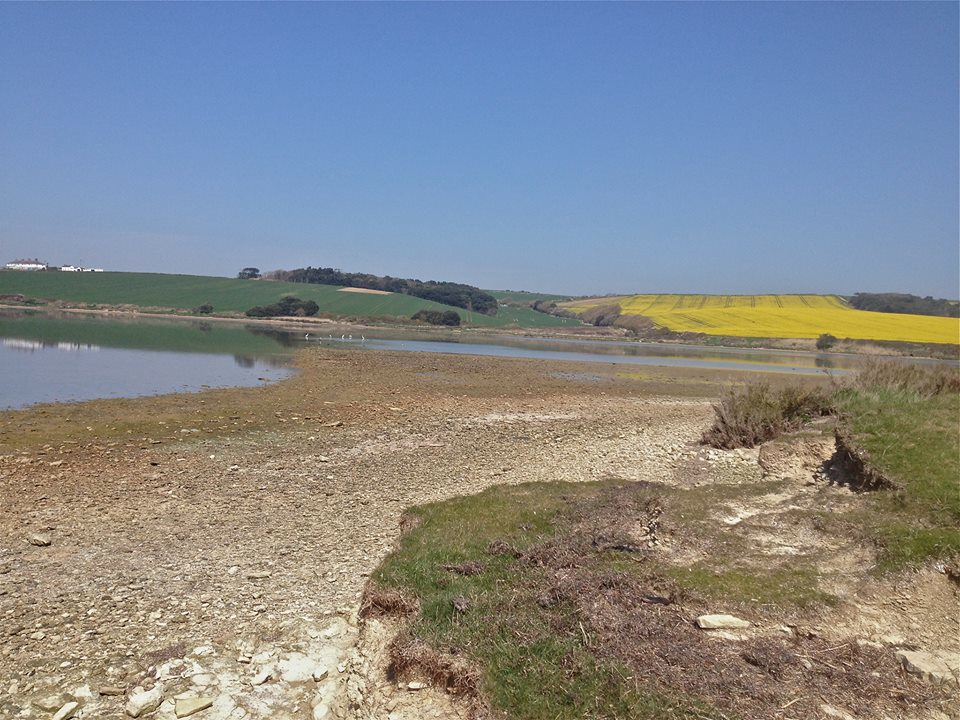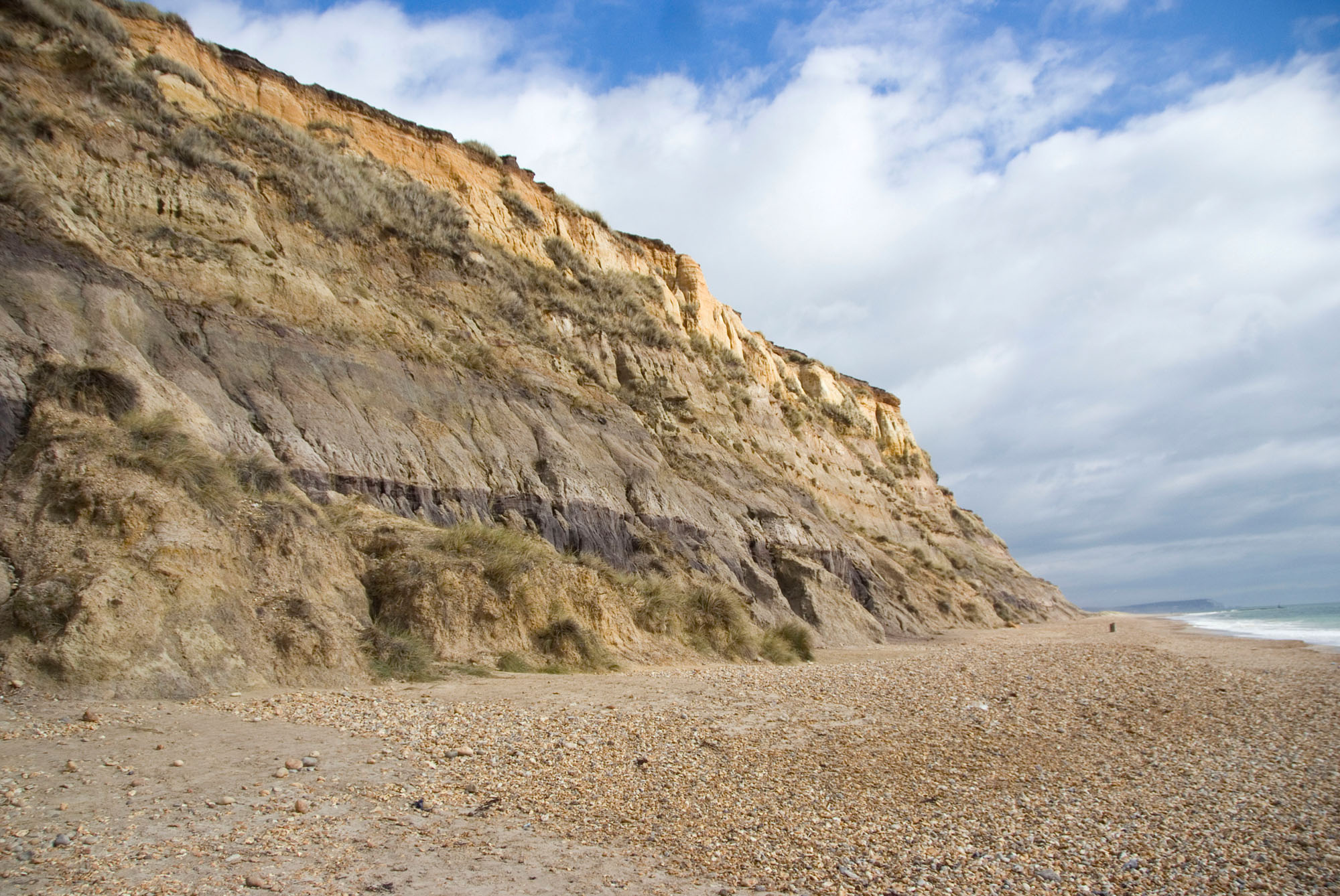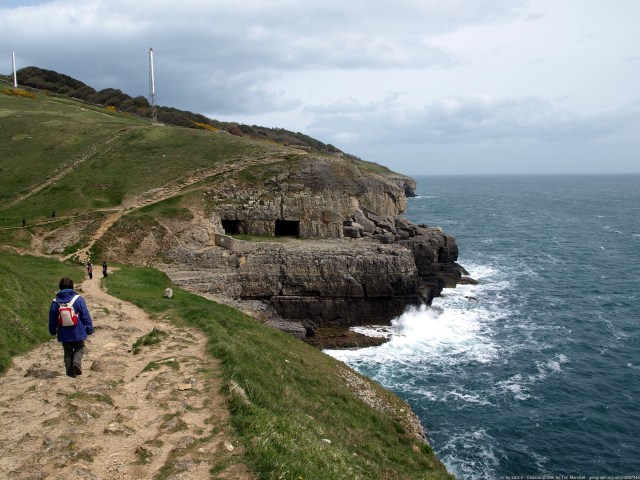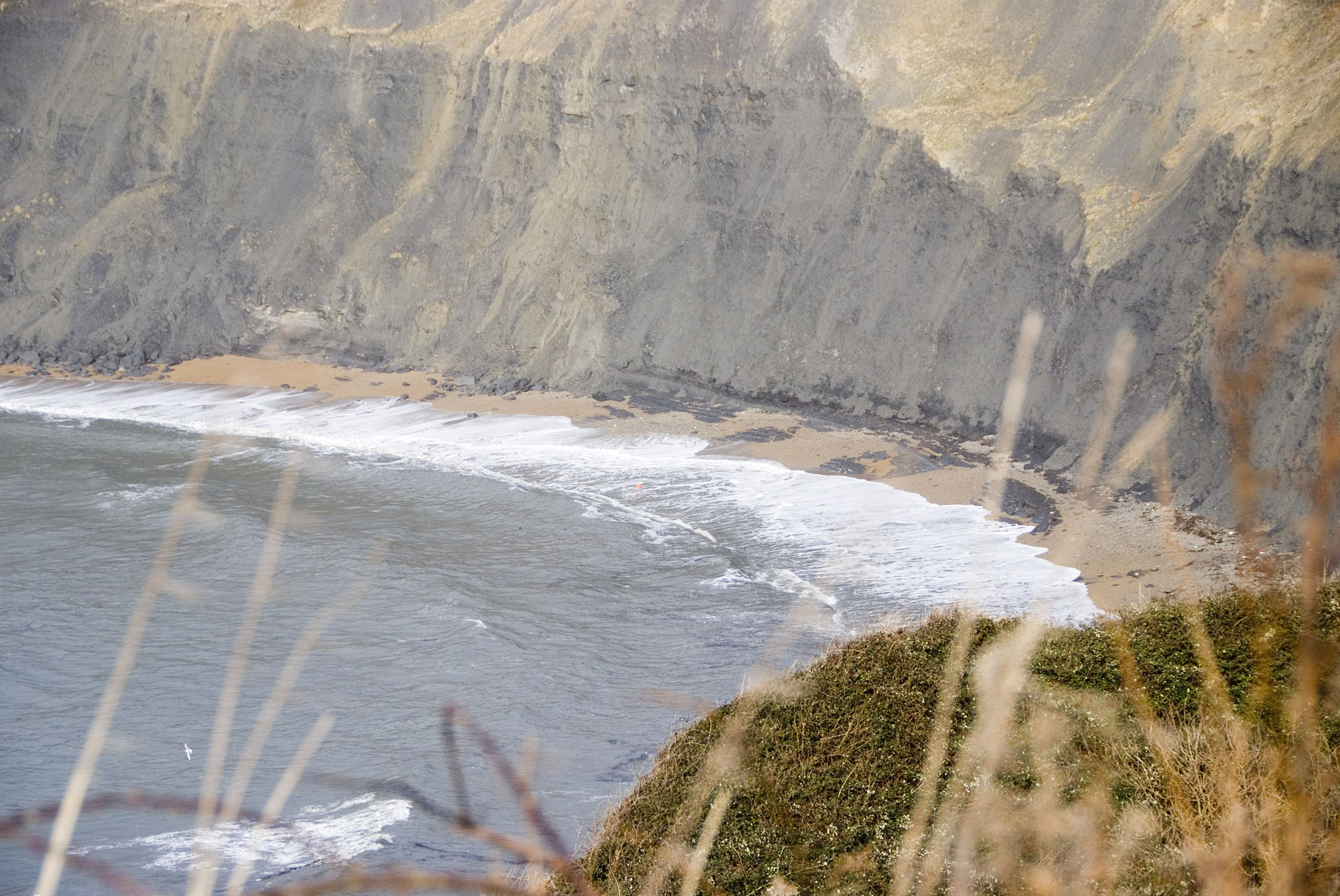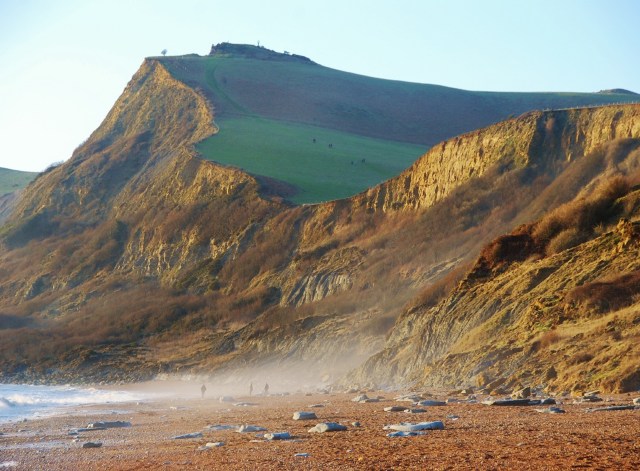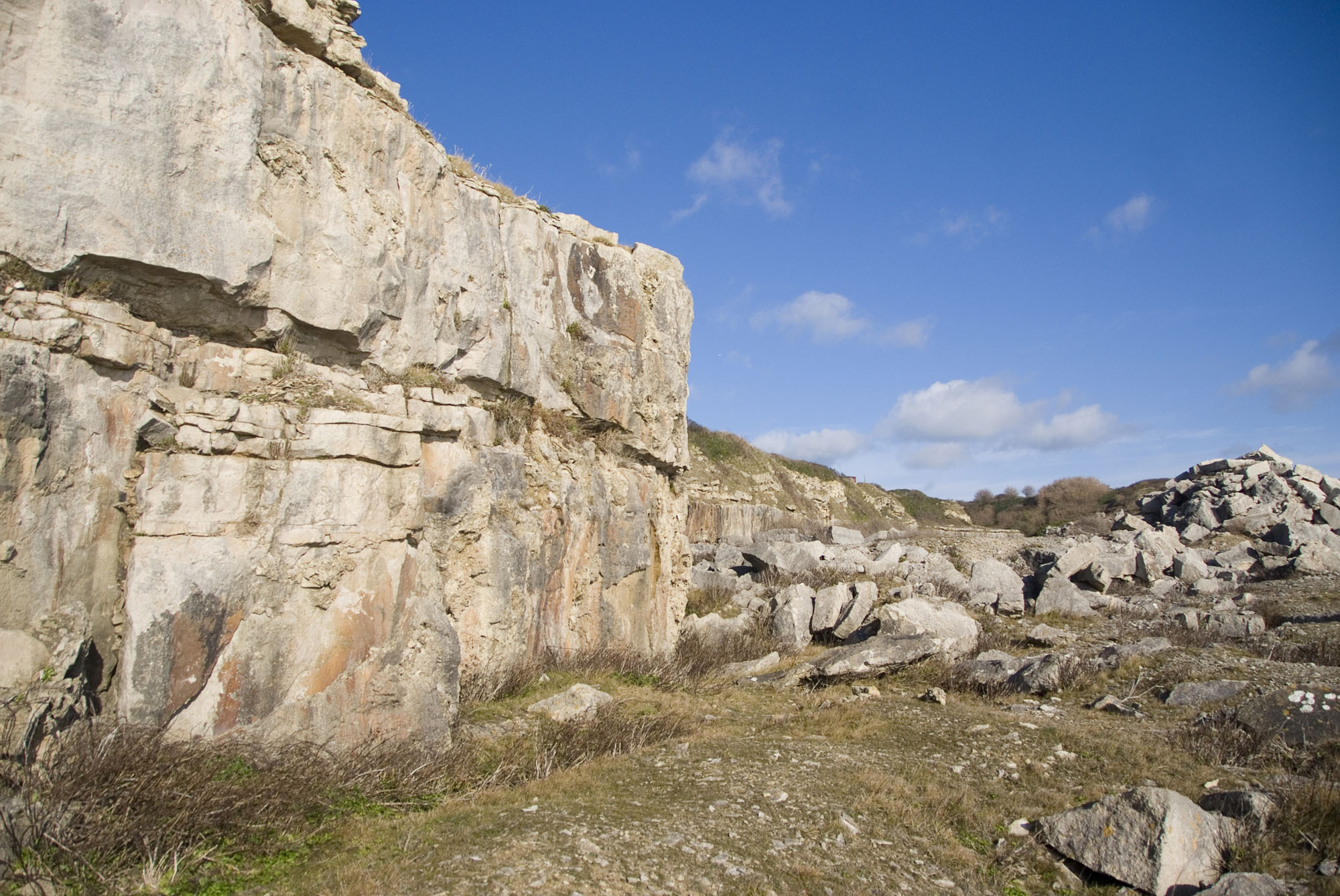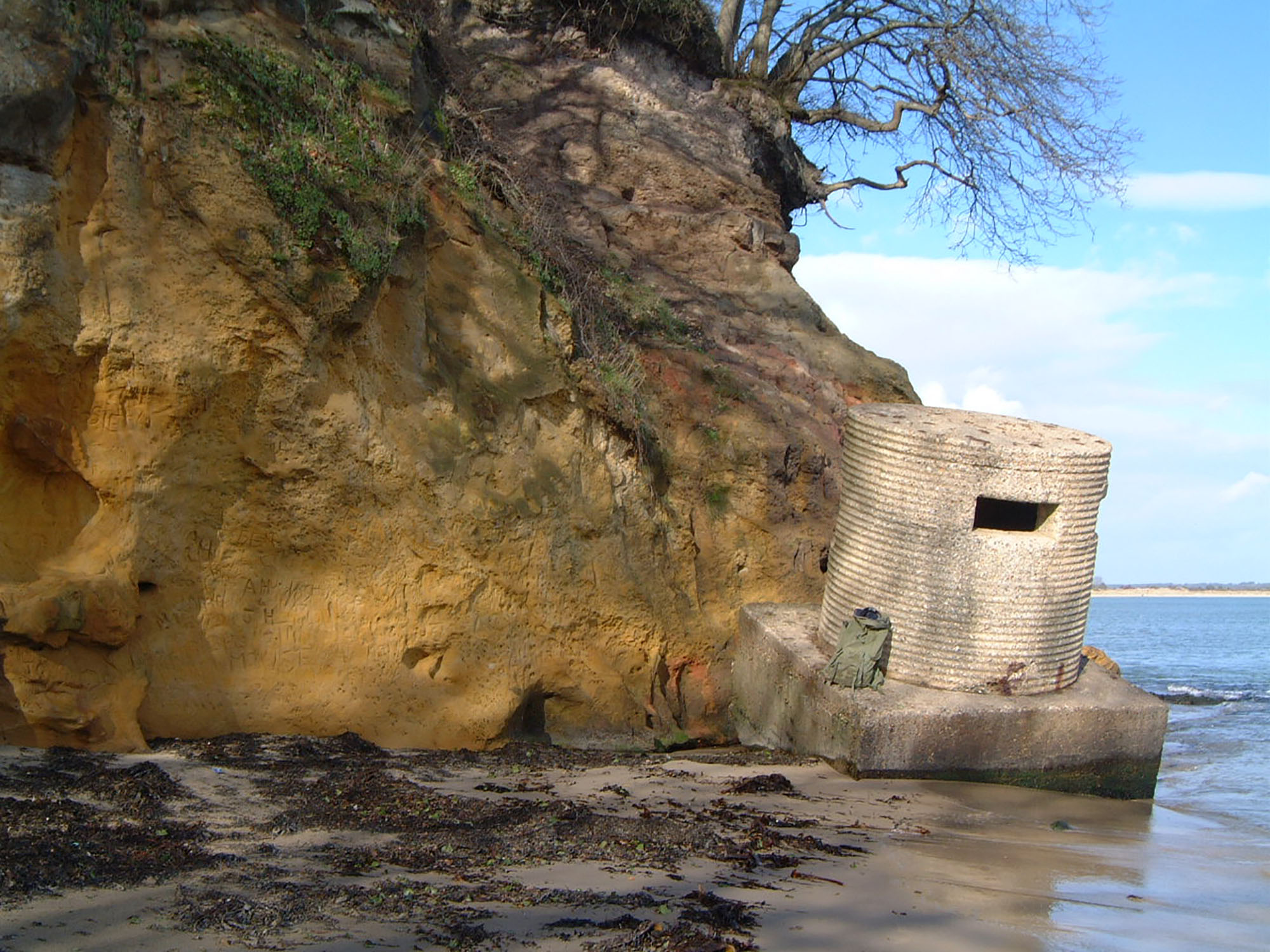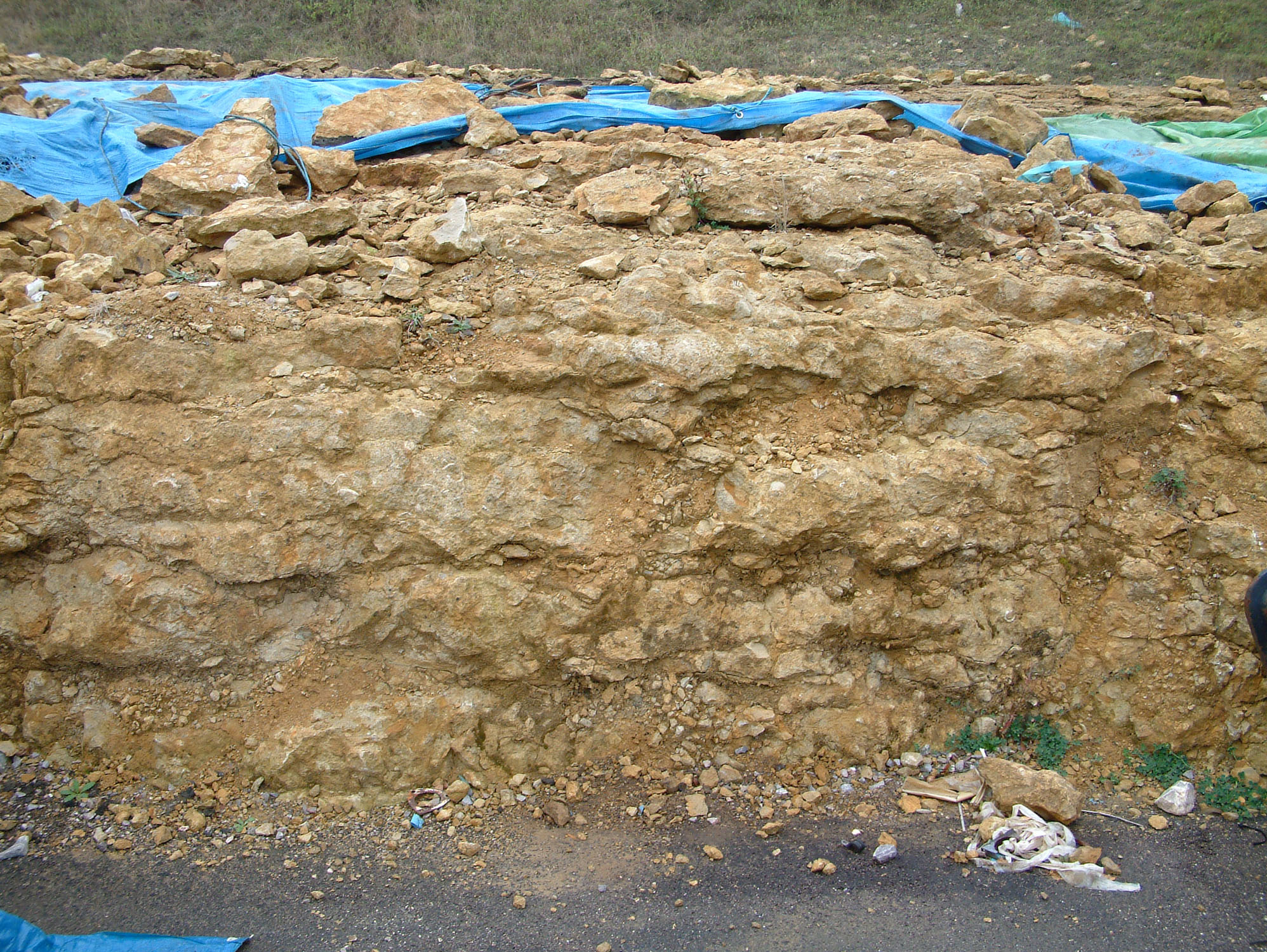The beach at St. Oswald’s Bay lies just to the east of Durdle Door, where an impressive coastal section display a range of rocks from the Jurassic to Cretaceous eras. Fossils to be found include echinoids, ammonites, brachiopods and bivalves, as well as shark teeth. It’s a lovely summer location, albeit busy but certainly more fruitful for fossils during the winter months, after some erosion. Jurassic, Cliffs and Foreshore, Rating: ♦♦♦






